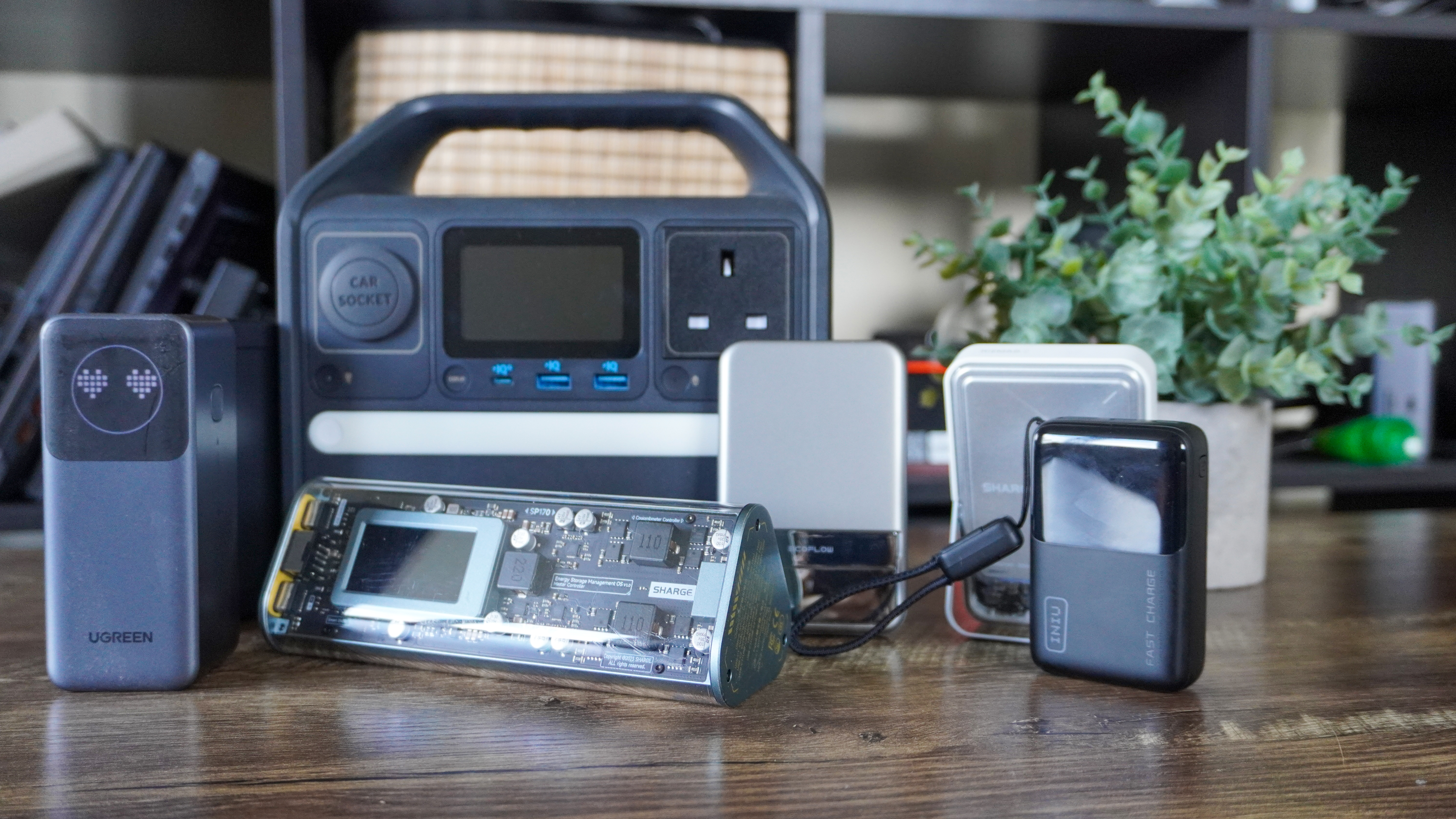Tech
Latest about Tech

What is Amazon Prime? Everything you need to know
By Louis Ramirez last updated
Amazon Prime is more than fast shipping. If you're wondering what is Amazon Prime — here's what you need to know.

67 best tech gifts and gadgets in 2025 for everyone on your list
By Kate Kozuch last updated
Here are the best tech gifts for 2025 from our team of experts. We've included products for every budget and every kind of person you have your list.

51 best gifts under $25 — affordable options for everyone on your list
By Millie Davis-Williams last updated
I found gift ideas for everyone under $25 — check out my top picks from Lego, Adidas, Amazon and more.

The best power banks for travel, work, and emergency charging — tested in the real world
By Jason England last updated
Need to keep your devices going while you're on the go? The best portable chargers to keep them juiced up.

Best key finder in 2025: AirTag vs. Tile vs. SmartTag vs. Chipolo
By Philip Michaels last updated
These are the best key finders and Bluetooth trackers for finding lost keys, wallets, phones or anything else that is easily misplaced.

Buttonless iPhone on the horizon, massive Amazon layoffs and more: today's Tech News LIVE
By Dave LeClair last updated
The tech world moves fast, and we're following it closely to bring you the biggest stories as they happen.
Here at Tom’s Guide our expert editors are committed to bringing you the best news, reviews and guides to help you stay informed and ahead of the curve!



